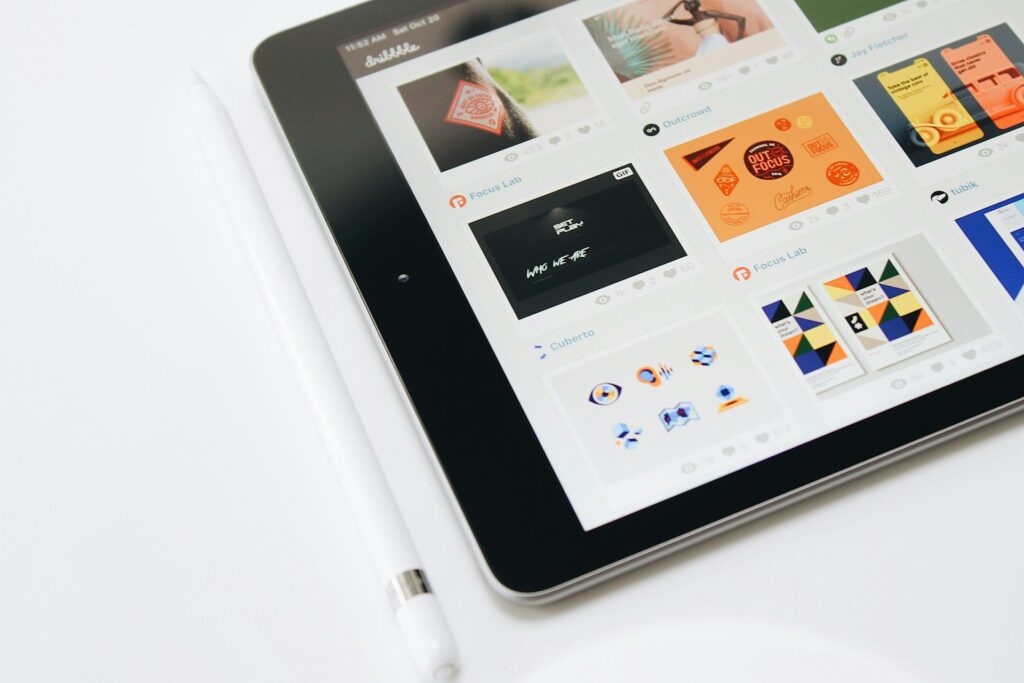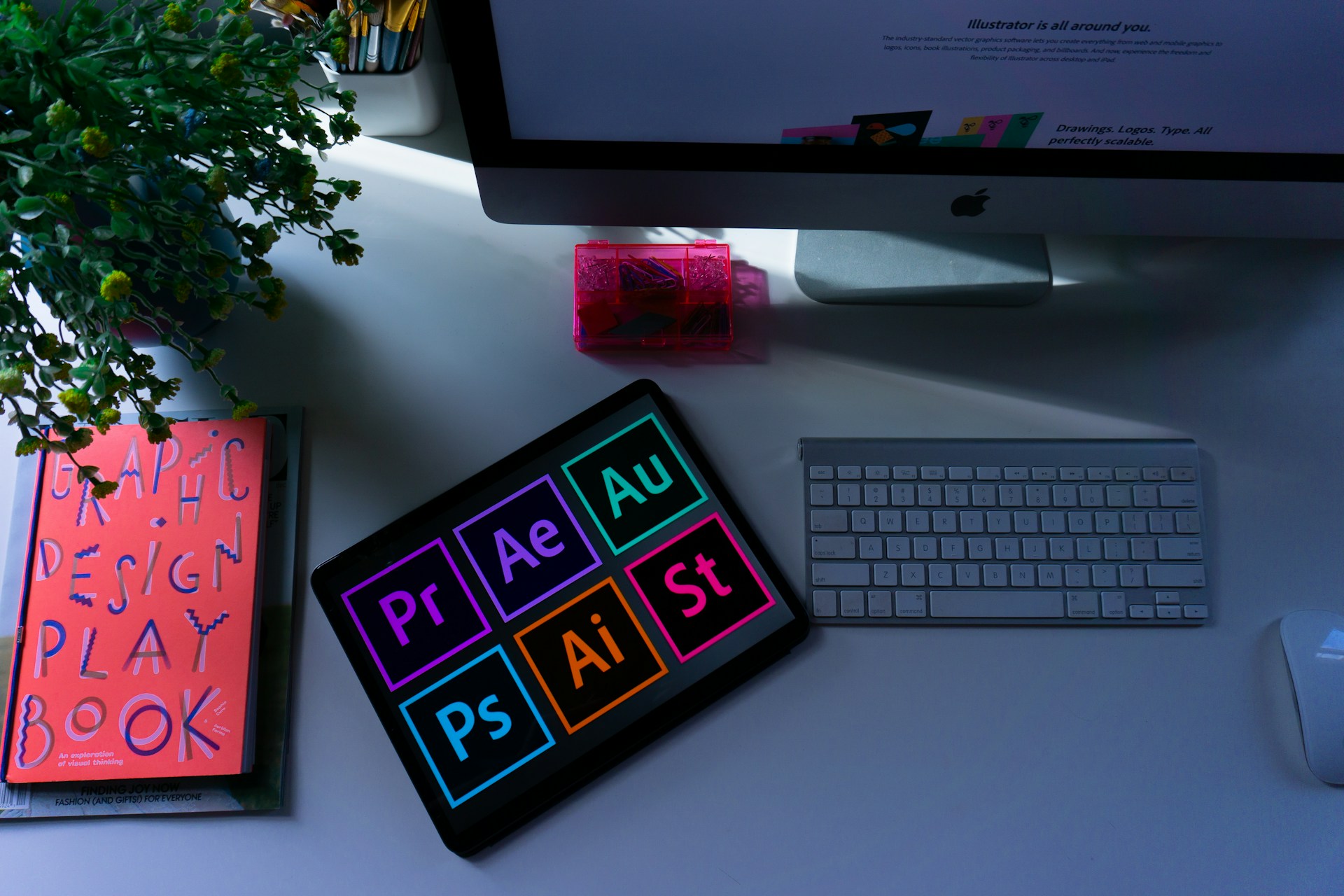Popular graphic design styles and their role in marketing
Graphic design styles help make a product or service unique and attractive to consumers. They not only reflect the product concept but also the creator’s personality. There is a wide range of approaches that help to promote a company and its offerings through visuals.
Graphic design plays a vital role in achieving marketing objectives. A well-designed product can set a company apart from its competitors and attract consumer attention. In addition, graphic design can create a unique style that becomes a brand’s calling card.

Overview of the most popular graphic design styles
Important elements in the design process are colours, shapes and fonts. By combining them, it is possible to create a unique image. There are different approaches to creating a visual. One style or a combination of styles can be used. Each of them depends on the type of product, its target audience and other factors. The most popular styles are:
- Minimalism. It features a limited number of graphic elements. At the same time, each has a clear and meaningful purpose. This design emphasises clarity of line, a restrained colour palette and the absence of unnecessary detail. The purpose of using minimalism is to show the essence of the product without overloaded visuals.
- Modern. This type of design uses smooth lines and shapes. Thanks to this approach, the elements create depth and perfectly convey dynamism. Modern is ideal for presenting brands that emphasise organicity.
- Vintage. This style emphasises the aesthetics often associated with things with history. This message comes through the use of aged textures and classic ornamentation. Vintage features pastel, muted tones. This style is ideal for companies that want to demonstrate their authenticity. It is often a choice for the design of Kraft products and wine labels.
- Pop Art. Unlike the previous styles, this style uses bright, contrasting colours and large, expressive elements. This visual creates an impression of dynamism and vigour, which is close to the younger generation.
- Classic. Here, it is important to pay attention to harmony and proportions. Thanks to this visual, elegance and refinement are achieved. The classic style is most often the design style for financial and educational products.
Designers also use other approaches. A unique visual can arise from a combination of styles. In this case, it is important to maintain a common vision and harmony.
When choosing one approach or another, it is necessary to focus on the specifics of the product. In addition, you should be careful when working with bright colours – it is easy to overload the visual, which will repel consumers.
